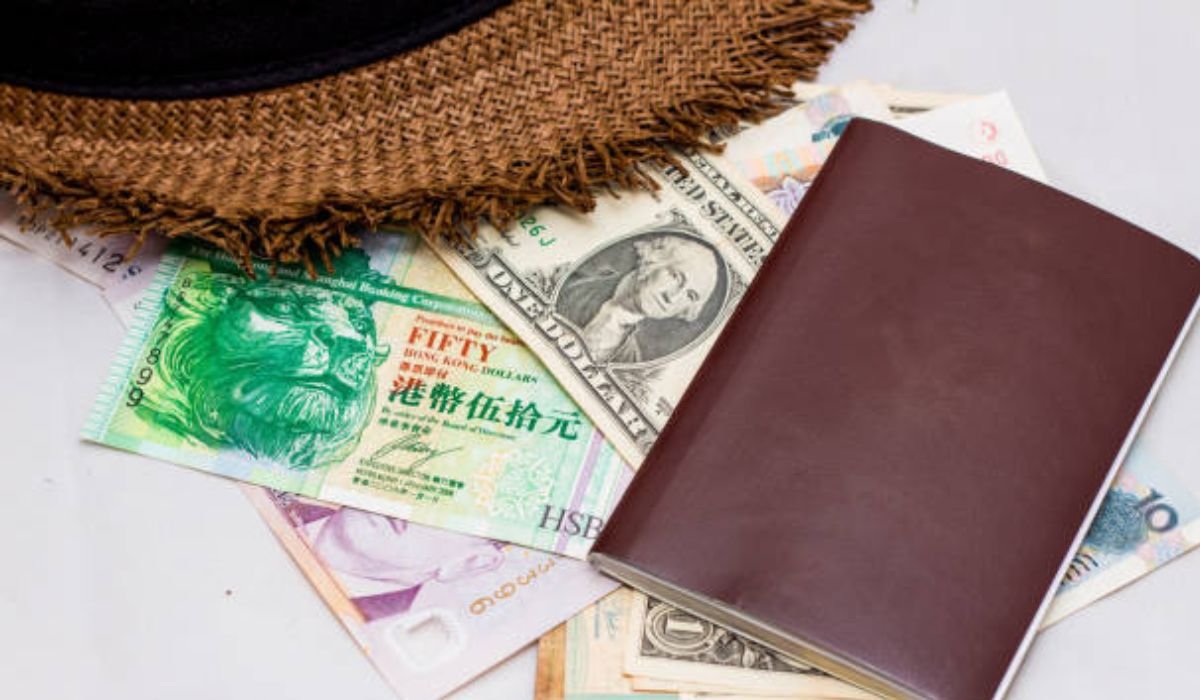Traveling to a new country is always exciting. It opens doors to fresh perspectives, unfamiliar cuisines, and memorable encounters. Yet beyond the beauty of landmarks and the pleasure of discovery lies an often-overlooked aspect of meaningful travel: cultural etiquette. Understanding how to behave respectfully in another culture can transform a good trip into a great one. It’s the difference between being a tourist and being a thoughtful guest.
Whether you’re embarking on a journey through Europe’s grand cities, exploring the quiet villages of Asia, or setting sail on an eastern Caribbean cruise that stops in several island nations, each destination comes with its own customs, manners, and unspoken rules. Taking time to learn a few of them before you go shows genuine appreciation for the people you meet and the places you visit.
Greeting Customs Matter
How people greet one another varies widely across the world, and a simple gesture can speak volumes. In Japan, a bow is customary, and the depth of that bow can signal respect or gratitude. In many European countries, a light kiss on one or both cheeks is common among friends, while in others, a firm handshake remains the standard.
When visiting the Caribbean, greetings are often warm and casual. A smile and a friendly “Good morning” go a long way, especially in smaller island communities where politeness and friendliness are part of daily life. In some cultures, direct eye contact conveys confidence and sincerity; in others, it might be considered overly bold. Observing locals before you initiate a greeting can help you match their style and avoid awkward moments.
Respecting Local Dress Codes
Clothing choices can carry different meanings depending on where you are. In many Western destinations, casual attire is widely accepted, but modesty is still appreciated in religious sites and rural communities. In parts of the Middle East and South Asia, covering shoulders, knees, and sometimes even hair is expected, especially for women.
Even in tropical regions, dress codes exist beyond the beach. While flip-flops and swimsuits fit perfectly on a resort shoreline, they may be frowned upon in restaurants or shops. When island hopping in the Caribbean, it’s respectful to wear a cover-up or light clothing when leaving the sand. This small gesture shows awareness of local norms and is often noticed more than you might think.
Learning Basic Phrases
You don’t need to be fluent in another language to make a meaningful connection. A few simple words—hello, please, thank you—can open doors and soften even the most serious faces. Locals appreciate the effort, even if your pronunciation isn’t perfect. It signals respect for their culture and shows that you’ve made an effort to engage.
For countries with tonal or complex languages, a friendly smile paired with your attempt is often enough. Many travelers have found that those moments of trying to communicate lead to laughter and shared understanding, which is what cross-cultural travel is truly about.
Table Manners and Dining Etiquette
Dining customs vary more than nearly any other aspect of travel. In Italy, finishing your meal is considered a compliment to the chef, while in Japan, slurping noodles is not rude but rather a sign of enjoyment. In France, bread belongs on the table, not the plate. In Thailand, using your fork to push food onto your spoon is the polite way to eat.
If you’re invited to dine in someone’s home, small gestures of respect go a long way. Removing your shoes at the door is common in many countries, as is waiting to be seated before beginning to eat. Taking cues from your host or others at the table can help you navigate unfamiliar customs gracefully.
On cruises or tours that stop at multiple destinations, such as an eastern Caribbean cruise, you might find yourself sampling cuisines from different islands in the same week. Each stop offers an opportunity to appreciate how food reflects culture. Taking the time to notice how meals are served and shared adds depth to your travel experience.
READ ALSO: www.goodmooddotcom.com Cruising Category: Your Gateway to Luxury & Tailored Sea Adventures
Body Language Speaks Louder Than Words
Nonverbal communication can be powerful, but gestures that are friendly in one country can be offensive in another. For instance, a thumbs-up, common in North America, can carry a negative meaning in parts of the Middle East and West Africa. Pointing with your finger may be seen as impolite in some Asian cultures, while showing the soles of your feet is disrespectful in several regions.
Even simple actions like touching someone on the shoulder, standing too close, or speaking too loudly can be misinterpreted. Paying attention to how locals interact in public settings is one of the best ways to learn appropriate behavior. When in doubt, a calm demeanor and a polite smile are almost always safe.
Tipping and Money Etiquette
Tipping customs can be a source of confusion for travelers. In the United States and Canada, tipping is expected and often calculated as a percentage of the bill. In Japan, tipping can be considered rude, as service is viewed as part of the job rather than something to be rewarded separately. In much of Europe, a service charge is included, but leaving small change is appreciated.
In Caribbean destinations, tipping is generally welcomed but not mandatory. Local service workers often depend on gratuities, so a few dollars left for housekeeping staff or taxi drivers can make a big difference. It’s helpful to carry small bills in local currency for this purpose.
Environmental and Cultural Sensitivity
Travelers are increasingly aware of their impact on the places they visit. Beyond avoiding littering or damaging fragile ecosystems, showing cultural sensitivity means supporting local artisans, respecting sacred spaces, and asking permission before taking photos of people or private areas.
In smaller communities, particularly on islands and in rural areas, tourism can shape local life. Being mindful of how you interact and where you spend your money ensures your presence contributes positively rather than disrupts. A respectful traveler not only enjoys their surroundings but also leaves them a little better for having been there.
Embracing Curiosity with Respect
Every destination holds its own rhythm and sense of etiquette. What feels normal at home might not translate elsewhere, and that’s part of what makes travel enriching. The best approach is to stay curious while remaining humble. Ask questions when you’re unsure, observe before acting, and remember that genuine kindness is universally understood.
Travel, at its heart, is about connection. By honoring the customs and values of the places you visit, you become more than a visitor—you become a participant in a global exchange of respect and understanding. The more you learn about the world, the more it teaches you in return.
Whether you’re sharing tea in a mountain village, greeting a shopkeeper in a bustling city, or stepping ashore after a day at sea, the art of good manners never goes out of style. It’s what turns fleeting encounters into lasting memories, and every traveler has the opportunity to make that impression count.
YOU MAY ALSO LIKE: Exploring the World of Travel with HopTraveler.com: Your Ultimate Guide











